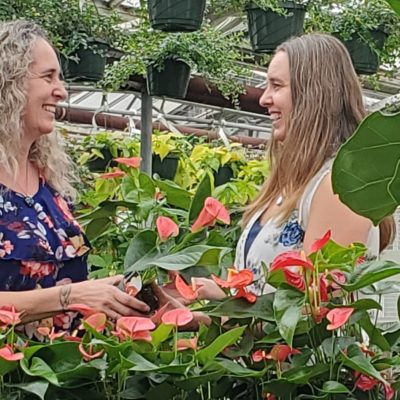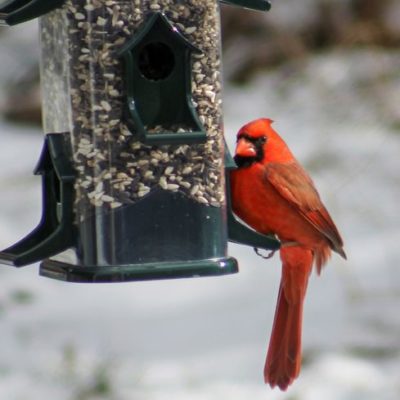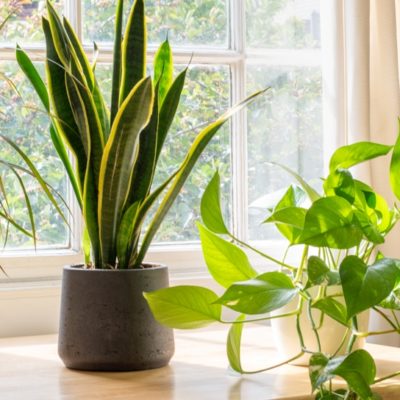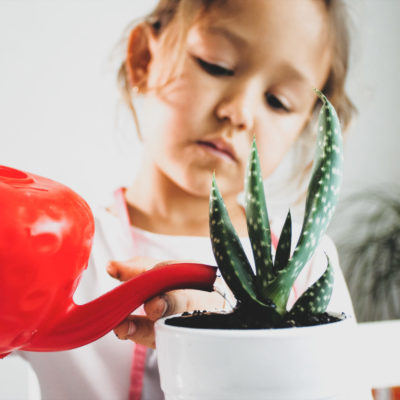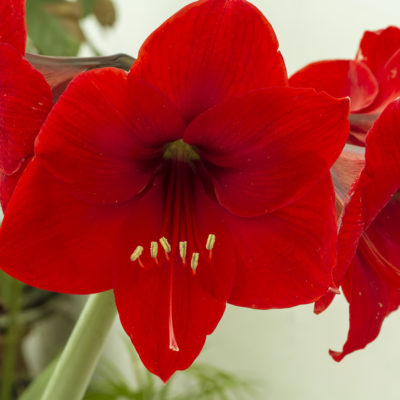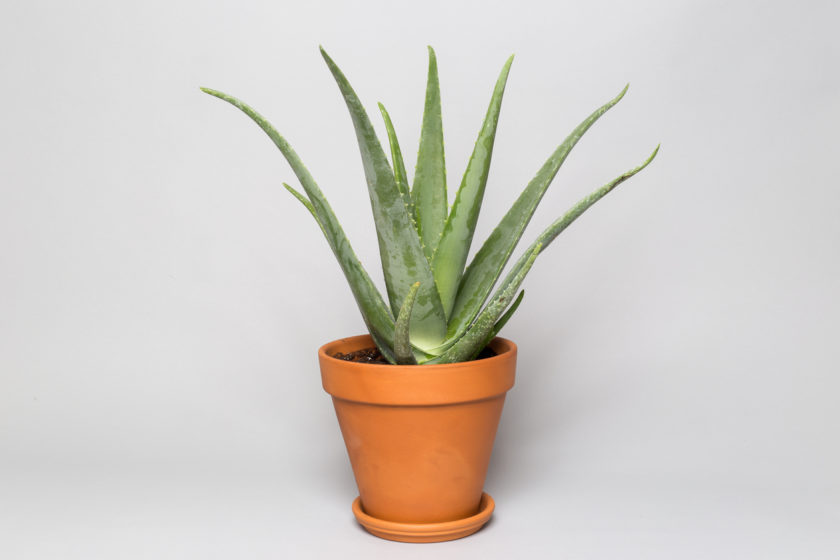
Succulent/Cacti Plant Profile: Aloe Vera
Whether it was from cooking a meal or staying out in the sun too long, we’ve all known the pain of skin burns (the worst is a toss-up: bacon grease or car seat belts in July). And after we curse the hot stove/sun/ourselves, we all go for the same remedy: Aloe Vera. As soon as that goopy stuff goes on we all breathe a deep sigh of cool relief. Belgian’s Cactus & Succulent House typically has an excellent supply of these satisfying succulents, depending on availability from our suppliers. So, come wander through the greenhouse and pick up your own stash of burn relief!
Aloe vera by itself is a beautiful plant, and we all know one when we see it: long, upright green leaves filled with oozing yet oh-so comforting gel. Young plants will have yellow-green spots on their leaves, while more mature plants turn solid green and can have jagged teeth-like ridges running up and down the sides of their foliage. Check out these tips for keeping these desert dwelling beauties healthy and thriving:
Light: At least 4 hours of bright, sunny direct light – the more the better!
Water: Let plants dry out very very well between deep waterings; you may need to water your pots several times to allow the soil to thoroughly absorb the moisture. Plants will require less frequent watering during the shorter days of fall and winter months.
The most common issue with Aloe Vera is over-watering, either by allowing plants to sit in water for too long or watering too frequently.
Fertilizer: Feed with an all-purpose fertilizer every other month.
Cleaning: Gently grip the older outer leaves near the base and twist until it pops from the plant.
Repotting: Aloe vera like to be pot bound. When there is more root than soil, go up by 1 pot size – if you choose a pot that is too large, the soil will dry unevenly which could result in watering issues and root rot. Always choose a pot with drainage, and use cactus potting soil which has added sand for even further drainage. Older aloe vera plants can be top-heavy; add a layer of heavy stones at the bottom of the pot to help keep it balanced in its new home.
Fun Facts about Aloe Vera:
- The gel found within its leaves is about 96% water, with traces of vitamin C and E.
- Aloe vera has been used as a medicinal plant for 1000s of years!
- Queen Cleopatra (Egypt) was said to use aloe vera in her daily skin routine.
- Aloe vera does not propagate well from cuttings, primarily because of the high moisture content in that inner gel. Instead, mature plants will produce baby plants or “pups” at their sides, which can be removed and replanted once they are large enough to leave their mother.
- There are also ornamental varieties of aloe vera that feature unique colours and shapes.

